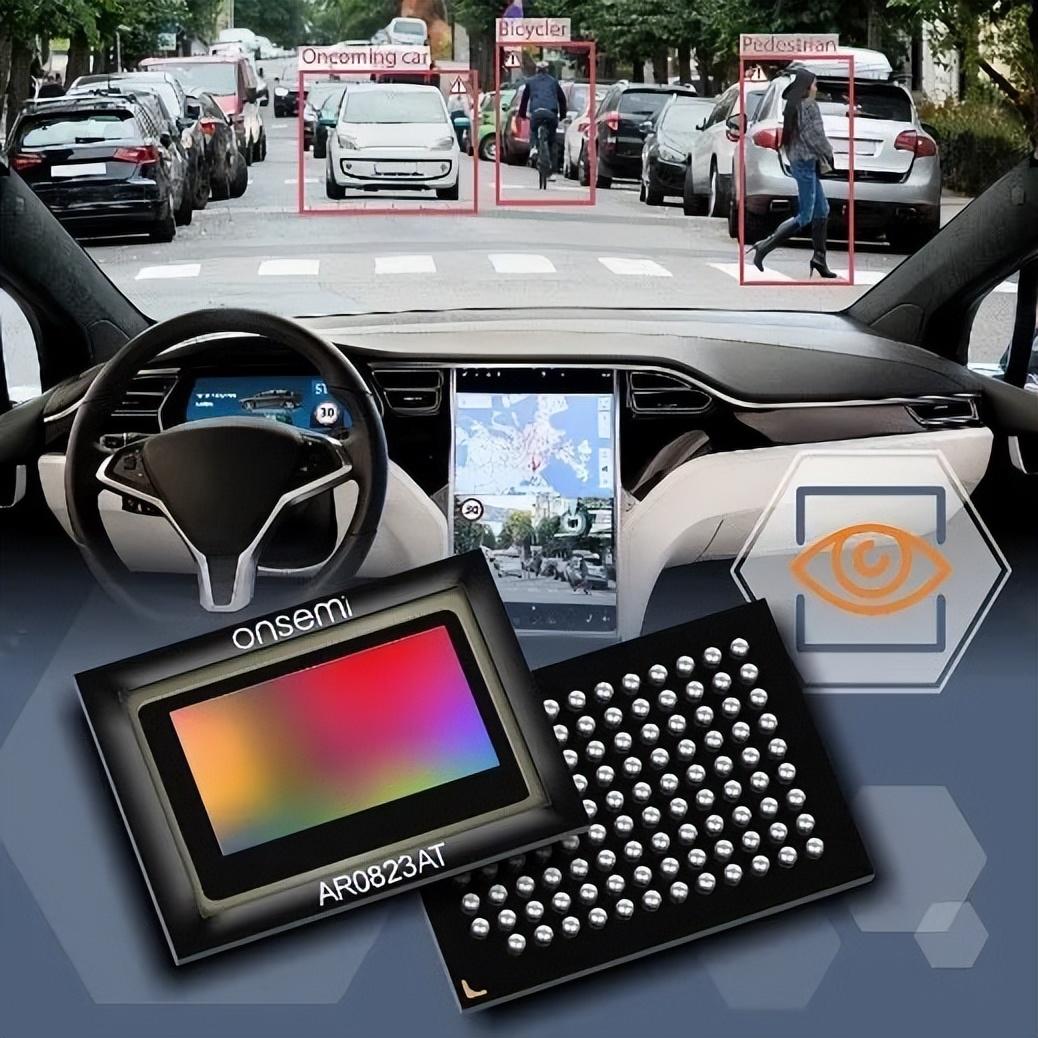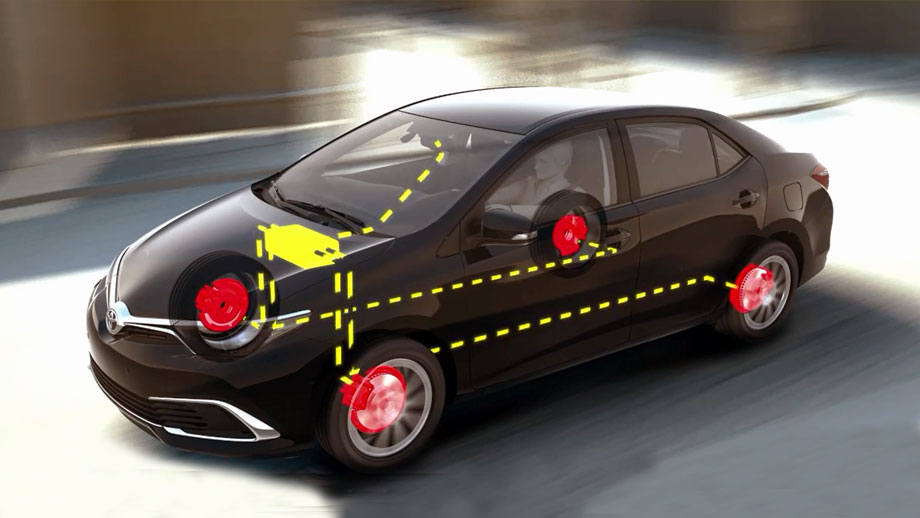Edge Intelligence: Why Your Next Car Will Have a PhD in Physics
The automotive industry is undergoing a intellectual revolution where vehicles are transforming from mechanical conveyances into physics-aware computing platforms capable of real-time scientific reasoning. Edge intelligence represents the migration of advanced computational capabilities from cloud data centers directly into vehicular systems, enabling autonomous decision-making grounded in sophisticated physical models rather than mere pattern recognition. This paradigm shift allows next-generation vehicles to understand and interact with their environment using first-principles physics reasoning, essentially granting them the equivalent of advanced scientific education in dynamics, thermodynamics, and electromagnetism. The implications extend far beyond conventional autonomous driving, creating systems that can predict complex physical interactions before they occur.
Modern automotive edge intelligence systems integrate multiple specialized processors that collectively perform trillions of operations per second while consuming less power than traditional headlight systems. These systems run real-time physics simulations that model everything from tire friction coefficients under varying road conditions to aerodynamic changes during passing maneuvers. Researchers at Stanford's Automotive Research Institute have developed vehicles that can calculate hydroplaning risk by analyzing water film thickness on road surfaces using millimeter-wave radar and optical sensors, then adjust suspension and braking systems accordingly. This physics-based approach represents a fundamental advancement over current machine learning systems that rely solely on historical data patterns without understanding underlying physical principles.

The computational architecture enabling this capability combines three innovative technologies: neuromorphic processing for sensor data interpretation, quantum-inspired algorithms for complex system modeling, and photonic computing for ultra-fast physical simulations. Unlike cloud-dependent systems that suffer from latency issues, these edge-based systems make decisions in microseconds—critical for vehicle safety at highway speeds. The most advanced implementations can simulate complex multi-body dynamics problems in real-time, predicting how surrounding vehicles might behave based on physical constraints rather than just probabilistic patterns. This allows for much more robust anticipation of rare but dangerous scenarios that may not exist in training datasets.
Sensor fusion advancements provide the raw data for these physical models. Next-generation vehicles incorporate atomic magnetometers that detect minute changes in Earth's magnetic field to precisely track position without GPS, quantum radar that can see through heavy precipitation with unprecedented resolution, and lidar systems capable of measuring air density variations that affect vehicle stability. These sensors don't just collect data—they provide inputs for sophisticated physical models that continuously validate and correct sensor readings based on known physical laws, creating a self-correcting perception system far more reliable than current approaches.

The safety implications are profound. Vehicles can now calculate stopping distances with atomic-level precision by modeling brake disc temperature distributions, predict rollover risks by simulating center-of-gravity shifts during evasive maneuvers, and anticipate black ice formation by analyzing thermal radiation patterns from road surfaces. This physics-aware approach particularly excels in edge cases where machine learning systems struggle—situations that haven't been extensively documented in training data but can be understood through fundamental physical principles. The system essentially runs continuous what-if scenarios, preparing responses to potential hazards before they fully materialize.
Implementation challenges include the enormous computational requirements for real-time physics simulation and the need for unprecedented reliability in harsh automotive environments. Engineers have developed specialized radiation-hardened processors that maintain accuracy despite temperature extremes and electromagnetic interference. Power management systems dynamically allocate computational resources based on driving conditions, prioritizing critical safety calculations during demanding maneuvers. Perhaps most impressively, these systems incorporate self-diagnostic capabilities that can detect and compensate for sensor degradation or computational errors, maintaining safety even as components age.

The broader implications extend to vehicle-to-everything (V2X) communication systems where physics-aware vehicles can share not just position data but physical models of road conditions. Imagine one vehicle detecting oil slick conditions and transmitting not just a warning but a complete friction coefficient model that other vehicles can immediately incorporate into their control systems. This creates a collective intelligence where each vehicle contributes to and benefits from a constantly updated physical model of the driving environment.
As this technology matures, we're approaching vehicles that don't just follow rules but understand the fundamental physics governing their operation. This represents the culmination of decades of automotive innovation—machines that combine human-like reasoning about physical constraints with superhuman computational capabilities. The result will be transportation that's not only autonomous but truly intelligent, capable of handling situations no human driver could manage through an intimate understanding of the physical world that surrounds it.
(Writer:Matti)





